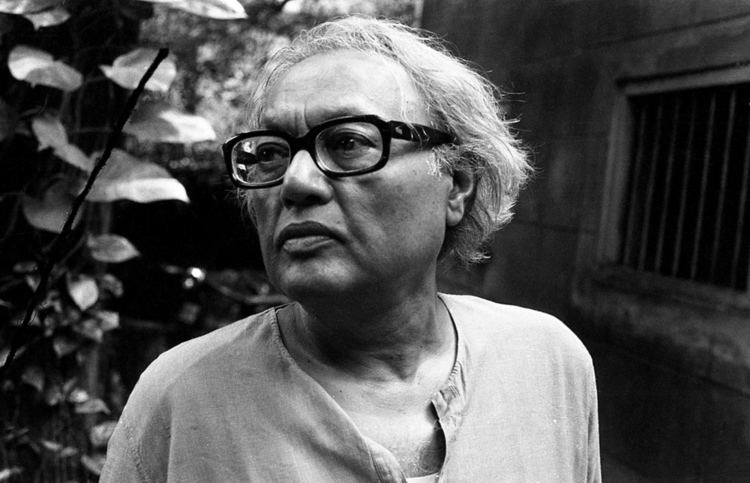Name Subrata Mitra Role Cinematographer | ||
 | ||
Movies Pather Panchali, Aparajito, Apur Sansar, Charulata, The Music Room Similar People Dulal Dutta, Karuna Banerjee, Subir Banerjee, Satyajit Ray, Chunibala Devi | ||
Ranu ghosh i subrata mitra
Subrata Mitra (Bengali: সুব্রত মিত্র, 12 October 1930 – 7 December 2001) was an Indian cinematographer. Acclaimed for his work in The Apu Trilogy (1955–1959), Mitra is often considered one of the greatest of Indian cinematographers.
Contents
- Ranu ghosh i subrata mitra
- Accel s subrata mitra on investing in india s most successful startups did he get lucky
- Innovations
- Filmography
- Awards
- Quotes
- References

At the age of 21, Mitra, who had never before operated a motion picture camera, began his career as a cinematographer with Satyajit Ray, the legendary Indian film maker, for Pather Panchali (1955). He continued to work with him for many of Ray's later films. He is known for pioneering the technique of bounce lighting, while filming The Apu Trilogy. He was also a cousin of the renowned singer Uma Bose.
From 1997 until his death, Mitra taught cinematography at the Satyajit Ray Film and Television Institute (SRFTI) at Kolkata.
Accel s subrata mitra on investing in india s most successful startups did he get lucky
Innovations
Satyajit Ray thought that "Subrata Mitra’s camera work is better than Raoul Coutard’s". Coutard was at the time much more acclaimed than Mitra having collaborated with Godard on many of his film projects. One of his most important technical innovations was his introduction of bounce lighting, which he pioneered while filming Aparajito (1956), the second part of The Apu Trilogy. According to the Internet Encyclopedia of Cinematographers:
Mitra made his first technical innovation while shooting Aparajito. The fear of monsoon rain had forced the art director, Bansi Chandragupta, to abandon the original plan to build the inner courtyard of a typical Benares house in the open and the set was built inside a studio in Calcutta. Mitra recalls arguing in vain with both Chandragupta and Ray about the impossibilities of simulating shadowless diffused skylight. But this led him to innovate what became subsequently his most important tool - bounce lighting. Mitra placed a framed painter white cloth over the set resembling a patch of sky and arranged studio lights below to bounce off the fake sky.
His director Satyajit Ray also stated:
You know, about seven or eight years after Pather Panchali was made, I read an article in American Cinematographer written by Sven Nykvist — at the time of Bergman's Through a Glass Darkly, I think — claiming the invention of bounced light. But we had been using it since 1954.
Both Satyajit Ray and Subrata Mitra were greatly influenced by the photography of Henri Cartier-Bresson, in particular his use of natural light. The other great influence was Jean Renoir and it was in fact during the shooting of his film The River, the pair met in its sets.
Filmography
Awards
Quotes
"Every cameraman has his own method of work innovated by his own conviction, taste, etc. One cameraman believes that he can please his audience and himself by glamourising the heroine only; another one believes that the main object of lighting and photography is to create various moods and feelings."
"I feel my most important technical innovation is the use of 'bounce lighting', induced by my love for naturalistic lighting."
"An actor can overact or underact. This equally applies to lighting and cameraman. He has to observe restraint in his work like the actor. I feel that in my own work I have a tendency to 'underact.'"
"My experience in Pather Panchali were rather unusual, because before this I had never touched a movie camera or even worked as an assistant to a cameraman...Almost every shot of Pather Panchali posed a problem for me, innumerable problems, many sleepless nights spent on ruminating over the prospects of the next day's shooting...Pather Panchali had many excellent shots--both technically and artistically, but it had many bad shots too."
